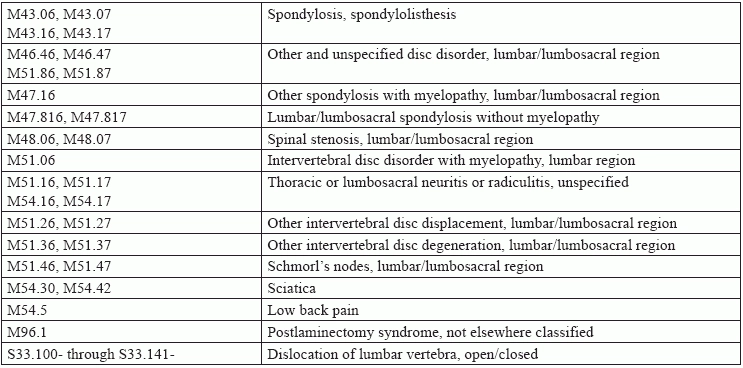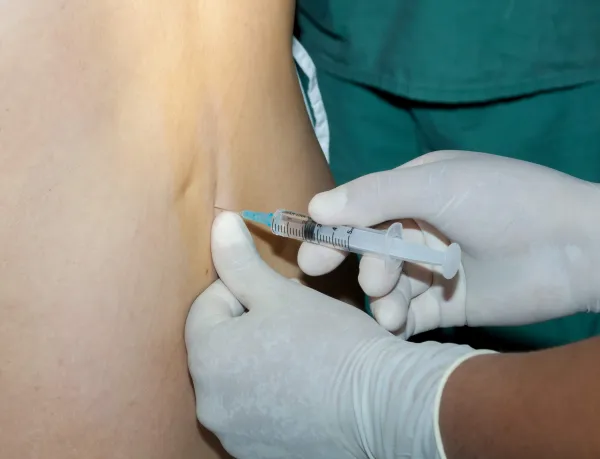Pain Management Coding Alert
Prove Prior Treatment, Proper Dx for Discography
Remember to check with your payer for official ICD-10 list. When reporting discography procedures, you'll have a lot on your plate. You need to choose from one of the following coding strategies, based on encounter specifics: Did you know? The documentation for these discography claims must include proof of prior treatment methods and, in some cases, certain diagnosis codes. Your provider can consider lumbar discography "for patients who have disabling lower back pain, groin pain, hip pain, and/or leg pain, even after extensive therapy or treatment," explains Denise Caposella, CPC, senior consultant with Acevedo Consulting Incorporated in Delray Beach, Florida. Not only must a patient have a qualifying condition for discography coding, you're likely to need to document previous attempts to pinpoint the pain in the notes. "When a variety of spinal diagnostic procedures have failed to determine the primary cause of the pain, these patients may be deemed appropriate for lumbar discography" - especially if the provider is considering recommending spine surgery, Caposella says. Best bet: It is important to check with third-party payers and Medicare for their accepted coding conventions when it comes to discography, confirms Mary I. Falbo, MBA, » CPC, CEO of Millennium Healthcare Consulting, Inc. in Lansdale, Pennsylvania. The acceptable coding could vary greatly depending on payer and patient situation. Consider this example from Falbo: "Aetna considers lumbar provocative discography medically necessary for evaluation for disc pathology in persons with persistent, severe low back pain [LBP] and abnormal interspaces on magnetic resonance imaging [MRI], where other diagnostic tests have failed to reveal clear confirmation of a suspected disc as the source of pain, and surgical intervention is being considered." However, Falbo continues: "Aetna considers lumbar provocative discography experimental and investigational for all other indications - such as lumbosacral radiculopathy and chronic nonspecific back pain when criteria above are not met - because its effectiveness for indications other than the ones listed above has not been established." Check Out these Dx Codes Related to Discography While individual payer policies and situations will vary, patients who require lumbar, cervical, or thoracic discography could have one of the following diagnoses: Note: This is not a comprehensive list, and all claims are subject to individual payer rules. If you have any doubt as to whether a payer covers discography for a certain diagnosis code, check with the payer before proceeding with the procedure.

Related Articles
Pain Management Coding Alert
- Procedure Coding:
Know Discography, Decompression Differences for Coding Success
Remember, injection for discography is diagnostic, and a decompression is therapeutic. Patients who report to [...] - Inside the Notes:
Prove Prior Treatment, Proper Dx for Discography
Remember to check with your payer for official ICD-10 list. When reporting discography procedures, you'll [...] - Transitional Care:
Use these Tips to Avoid TCM Coding Traps
Observe the 30-day TCM period before reporting 99495, 99496. When you're reporting transitional care management [...] - You Be the Coder:
Counting Monitoring Time on Extended EEG
Question: I have an encounter form that states the PM provider performed and electroencephalogram (EEG) that [...] - Reader Question:
Dig Deeper for Ab Tenderness Specifics
Question: A new patient reports to the PM specialist complaining of pain in his lower abdomen. [...] - Reader Question:
3-Year Rule Tops New/Established Px Concerns
Question: What is the difference between a new and established patient when reporting evaluation and management [...]


